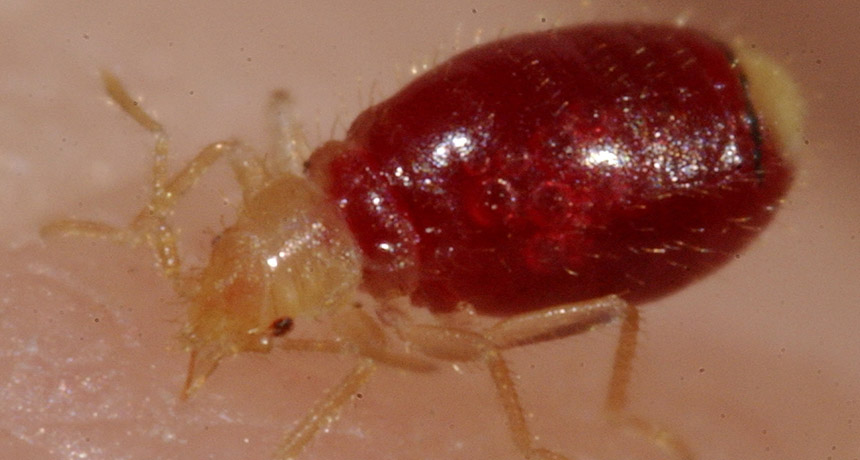Bedbug genome spills secrets of violence, weird sex

Bedbugs have been feeding on humans for at least 3,000 years. And in the last two decades, populations of the pest have grown, probably spurred by pesticide resistance and increase global travel. A new genetic analysis yields clues to that success.
Louis Sorkin






